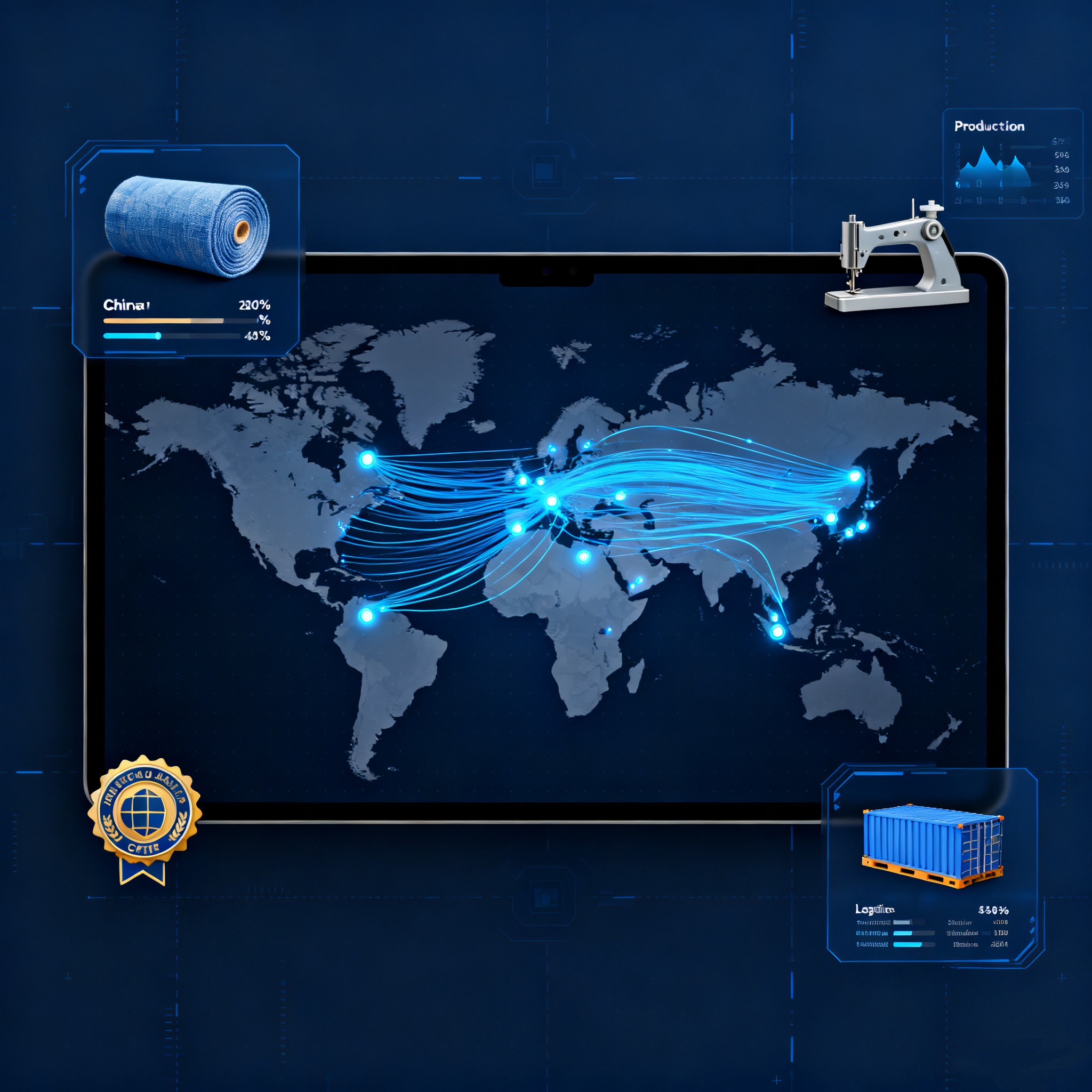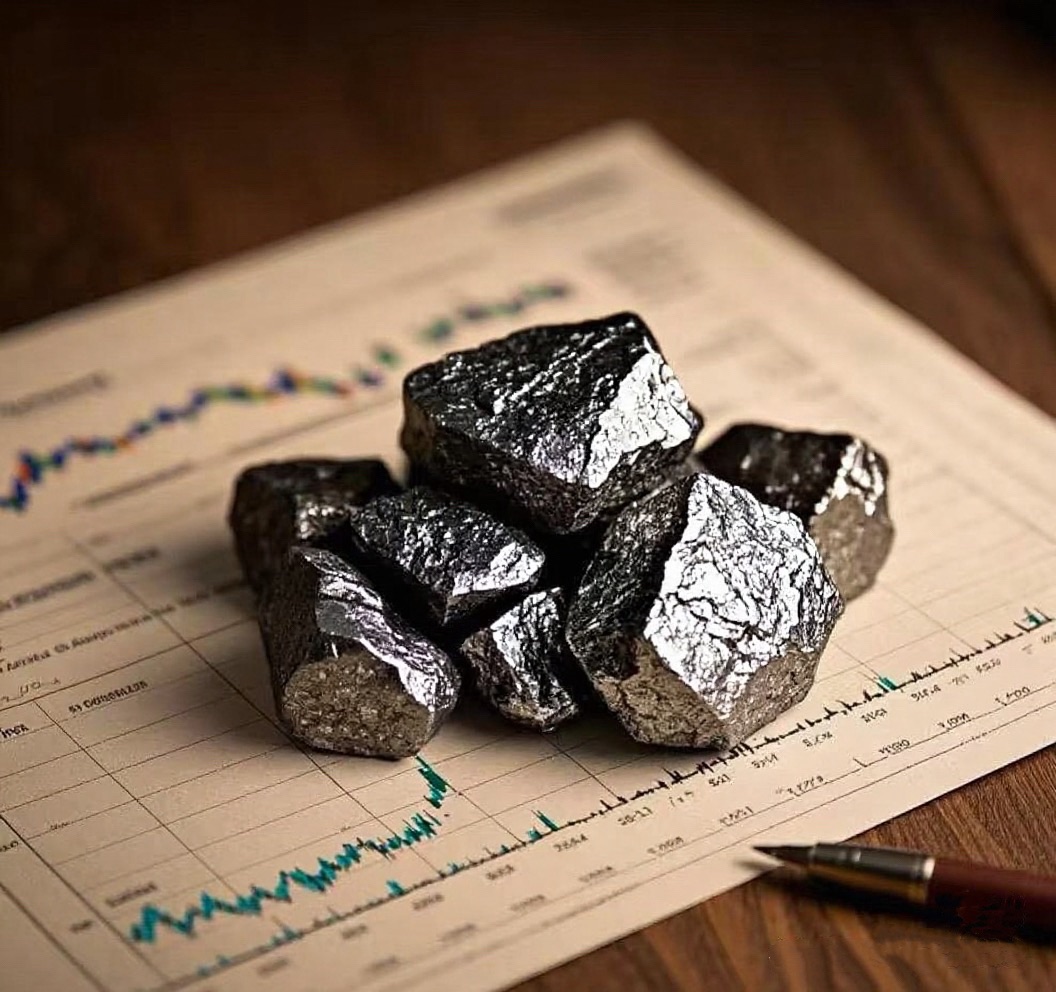
Reshaping the International Trade Landscape: US Tariff Policy Drives Chinese Textile Industry to Accelerate Expansion into European Market
“Driven by U.S. tariff policies, Chinese textile exporters are strategically pivoting to the European market, leading to a significant surge in trade volumes. This shift intensifies competition for European producers while creating new opportunities for supply chain integration and green technology collaboration. To sustain long-term growth, Chinese firms must transition from mere export operations to deeper industrial engagement within Europe.”
Market Data Reveals Shift in Trade Flows
According to the latest data disclosed by the European Textile and Apparel Alliance, the scale of apparel and textiles imported by the EU from China saw a significant increase in the first half of 2025, with both value and volume rising by 20% year-on-year. The apparel category alone contributed approximately €2 billion in import growth, reflecting a strategic adjustment in China’s export structure.
Industry analysis indicates that this shift is primarily driven by the trade diversion effect triggered by US tariff barriers. Chinese manufacturers are actively expanding into the European market to mitigate operational pressures caused by hindered exports to the United States. Mário Jorge Machado, President of the European Textile and Apparel Alliance, noted, "Under the current trade landscape, the reduced share of Chinese exports to the United States is being redirected to Europe on a large scale, while lower import prices have accelerated this process."
Policy Environment and Market Competition Dynamics
1. Significant Differences in Cross-Border Logistics Costs
The European Commission recently proposed eliminating the duty-free treatment for parcels valued below €150, planning to impose a uniform €2 fee on low-value parcels. In contrast, the United States fully abolished its de minimis threshold for low-value goods in August, setting a minimum fee of $80 for inbound parcels. Commenting on this, Machado stated, "The disparity in clearance costs for identical parcels in Europe and the United States is striking, and current policies are insufficient for effective protection."
2. Challenges for European Domestic Industries
Under the dual pressures of the Renminbi’s depreciation against the euro and intensified competition from Asian products, the EU’s exports to China fell by 19% year-on-year. Léa Marie, President of the French lingerie brand Le Slip Français, acknowledged that the company is leveraging a "locally made" narrative to attract consumers but faces stiff price competition from imported Chinese products.
3. Supply Chain Restructuring Accelerates Industry Reshuffle
The 30% additional tariffs imposed by the United States on Chinese goods have prompted Chinese companies to systematically adjust their global supply chain distribution, with Europe emerging as a key alternative export channel. At the same time, EU textile enterprises must contend with increased tariffs on exports to the United States—although the EU-US trade agreement reached in July set tariffs for most products at 15%, 11% of textile products still face higher rates.
New Opportunities for China-EU Trade Cooperation
1. Continuous Optimization of Bilateral Trade Structure
According to statistics from the China Chamber of Commerce for Import and Export of Textiles, China’s exports of textiles and apparel to the EU reached $19.99 billion in the first half of 2025, with knitted and woven apparel exports accounting for $11.84 billion, an 11% year-on-year increase. The diversification of trade categories has enhanced the economic complementarity between China and the EU, making China’s export commodity structure more diversified.
2. Emerging Synergies in Industrial Chains
The in-depth expansion of Chinese textile companies in the European market has facilitated the integration of upstream and downstream sectors, such as fabrics and accessories, with European logistics and distribution systems, gradually building a tighter industrial collaboration network.
3. Green Transition Opens New Avenues for Cooperation
As Europe accelerates its green transition, innovative practices by Chinese companies in areas such as sustainable textile materials and low-carbon production technologies are becoming pivotal for deepening Sino-European industrial and technical cooperation.
Strategic Adjustments for Enterprises
In response to growing concerns in the European market about the trade diversion effect, Chinese exporting companies should:
★Build Synergistic Advantages in Industrial Chains: Establish complementary partnerships with European companies through technical cooperation and localized operations.
★Implement High-Standard Sustainable Practices: Build market trust by exceeding basic environmental certification and social responsibility requirements.
★Participate in Industry Rule-Making: Actively integrate into the European market governance system through bilateral dialogue mechanisms.
Against the backdrop of the restructuring global trade order, Chinese companies must complete the strategic upgrade from "trade output" to "industrial integration," transforming phased market opportunities into sustainable competitive advantages.













